Currently, a small proportion of the Vietnamese population, mainly in mountainous areas and ethnic minorities, are illiterate. This has a significant impact on the enjoyment of human rights.
Promoting illiteracy eradication and universal primary education has always been a key task that Vietnam has paid attention to and promoted in order to achieve the goal of sustainable development and bring a better life to the people.
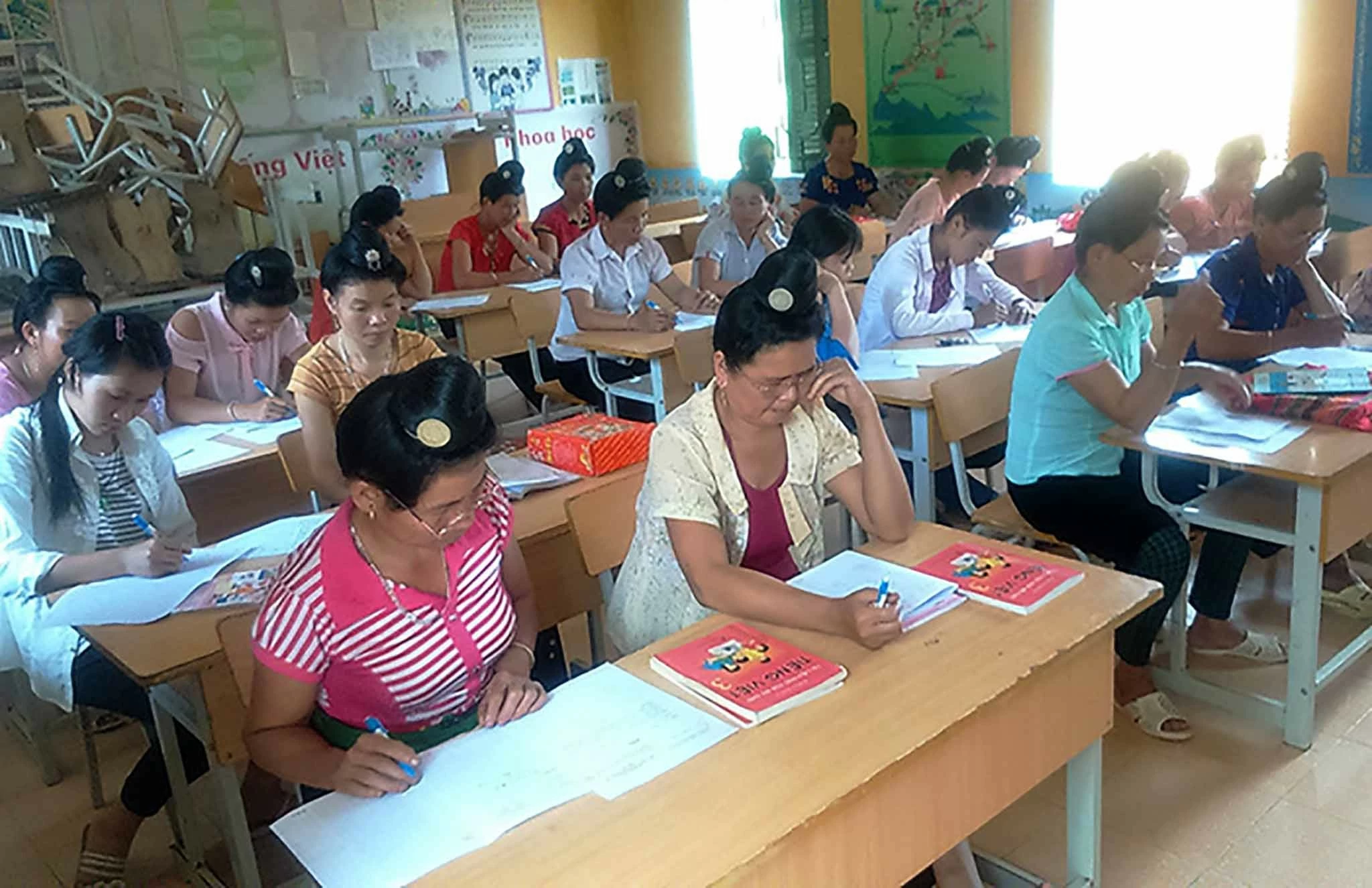 |
| Students who complete the second phase of the Literacy Eradication Program will be considered for admission to the continuing education program at the junior high school level. (Source: VGP) |
Impact on human rights
Literacy is one of the foundations of education and literacy skills are important for the enjoyment of a range of human rights and quality of life. Literacy is the foundation for quality education, creating future life opportunities, allowing individuals to access information in written form and thus make more informed decisions about their lives.
Literacy is one of the targets of Sustainable Development Goal 4 (SDG 4), to ensure inclusive and equitable quality education and promote lifelong learning opportunities for all by 2030.
Illiteracy limits people’s access to information. They cannot actively search for and supplement the information they want, they can only rely on others and the media system; it is difficult to expand their search for information through reading, the Internet, social networks, etc., and it is even difficult to distinguish between authentic information and false information.
Literacy opens up access to education, is a prerequisite for learning to expand knowledge, skills, attitudes and other necessary values to contribute to building a sustainable society. Illiteracy reduces equal opportunities, is an obstacle to the country's development and integration. More dangerously, illiterate people, especially women, children and the elderly, are susceptible to becoming victims of fraud, human trafficking... due to limited knowledge, skills...
In the current era of integration and science and technology, workers are required to have knowledge, expertise and skills; knowing how to read and write is only the initial requirement. Most illiterate people can only participate in the fields of agriculture, seafood or manual work.
Illiteracy also prevents people from acquiring new scientific and technical knowledge, leading to low labor productivity and income, and the risk of poverty is always latent; economic rights (right to participate in the market economy, right to employment and labor market development, etc.) of the people are thus limited.
According to data from the Center for Research on Human Rights in Ethnic and Mountainous Areas in 2019, among the poor, ethnic minority women account for about 90%; among the 21% who are illiterate, ethnic minority women also account for 95%.
Most illiterate people will not be knowledgeable about politics and law; it is difficult to deeply and fully understand the Party's guidelines and policies, and the State's policies and laws.
Awareness of their rights, obligations, and responsibilities to society and the country is therefore limited; they do not know what they can do, what they cannot do to properly and fully perform, or even do not perform or perform incorrectly. Illiterate people are almost unable to participate in the right to run for election. Many times due to limited awareness, they do not exercise their right to vote, and ask others to do it for them...
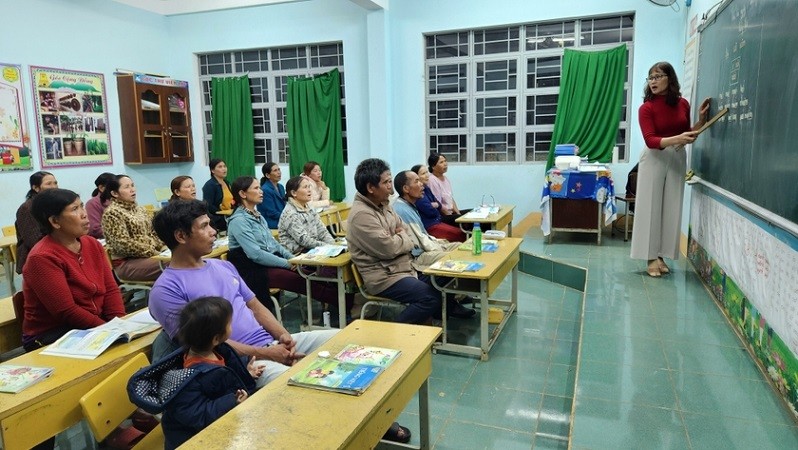 |
| A class in Mo Nu village, Chu A commune, Pleiku city, Gia Lai province has many elderly students. (Source: Gia Lai Newspaper) |
The journey is ever expanding
Eradicating illiteracy and universalizing education is a major policy of the Party and State aimed at improving people's knowledge, training human resources, fostering talents, contributing to the successful implementation of the task of defending the Fatherland and developing the country.
Since President Ho Chi Minh launched the campaign against illiteracy, the Party and State have issued many policies to promote universal education and eliminate illiteracy: Directive No. 10-CT/TW, dated December 5, 2011 of the Politburo on universalizing preschool education for 5-year-old children; Decree No. 20/2014/ND-CP of the Government on universalizing education and eliminating illiteracy; Directive No. 29-CT/TW dated January 5, 2024 of the Politburo on universalizing education, compulsory education, eliminating illiteracy for adults and promoting student streaming in general education... and policies to eliminate illiteracy for specific groups such as ethnic minorities, the visually impaired, adolescents, women, the elderly...
On that basis, many literacy classes have been established across the country. According to reports from the Departments of Education and Training, in the 2022-2023 school year, the country has mobilized more than 79,000 people to learn literacy; provinces under the National Target Program 1719 have mobilized nearly 54,000 people.
Of which, more than 33,000 people attend level 1 classes with 86.2% of students being ethnic minorities; more than 21,600 people attend level 2 classes with 74.9% of students being ethnic minorities; many Departments of Education and Training have actively mobilized people to attend literacy classes such as: Ha Giang (5,897 students), Lai Chau (5,176 students), Lao Cai (2,325 students), Yen Bai (2,088 students), Son La (2,303 students), Lang Son (1,269 students), Ho Chi Minh City (1,547 students), Dien Bien (1,416 students), Thua Thien - Hue (1,176 students)....
Illiteracy eradication is not only the task of the education sector. Over the years, other ministries, departments and sectors have joined forces in the fight against illiteracy, such as the Ministry of Public Security, the Ministry of National Defense, the Ministry of Labor, War Invalids and Social Affairs, etc. Coordination programs with the police force, the army, the Women's Union, etc. have been signed to organize literacy classes, popularize education, and provide vocational guidance for prisoners in prisons, children, women, the elderly, etc.
Police officers, soldiers, doctors... all become teachers, especially in areas with difficult economic conditions, remote areas, mountainous areas, in detention camps, prisons...
As of December 2023, the Border Guard has maintained more than 30 literacy classes and charity classes, with over 700 students from ethnic minorities in border and island areas; mobilized more than 6,000 drop-out students to return to school; many Border Guard units such as Nghe An, Son La, Quang Tri, Quang Nam, Gia Lai, Long An, Binh Phuoc, Ca Mau... have coordinated with local schools to organize many activities to improve Vietnamese language skills for children before entering grade 1 such as games, visits to historical sites and lessons in border areas.
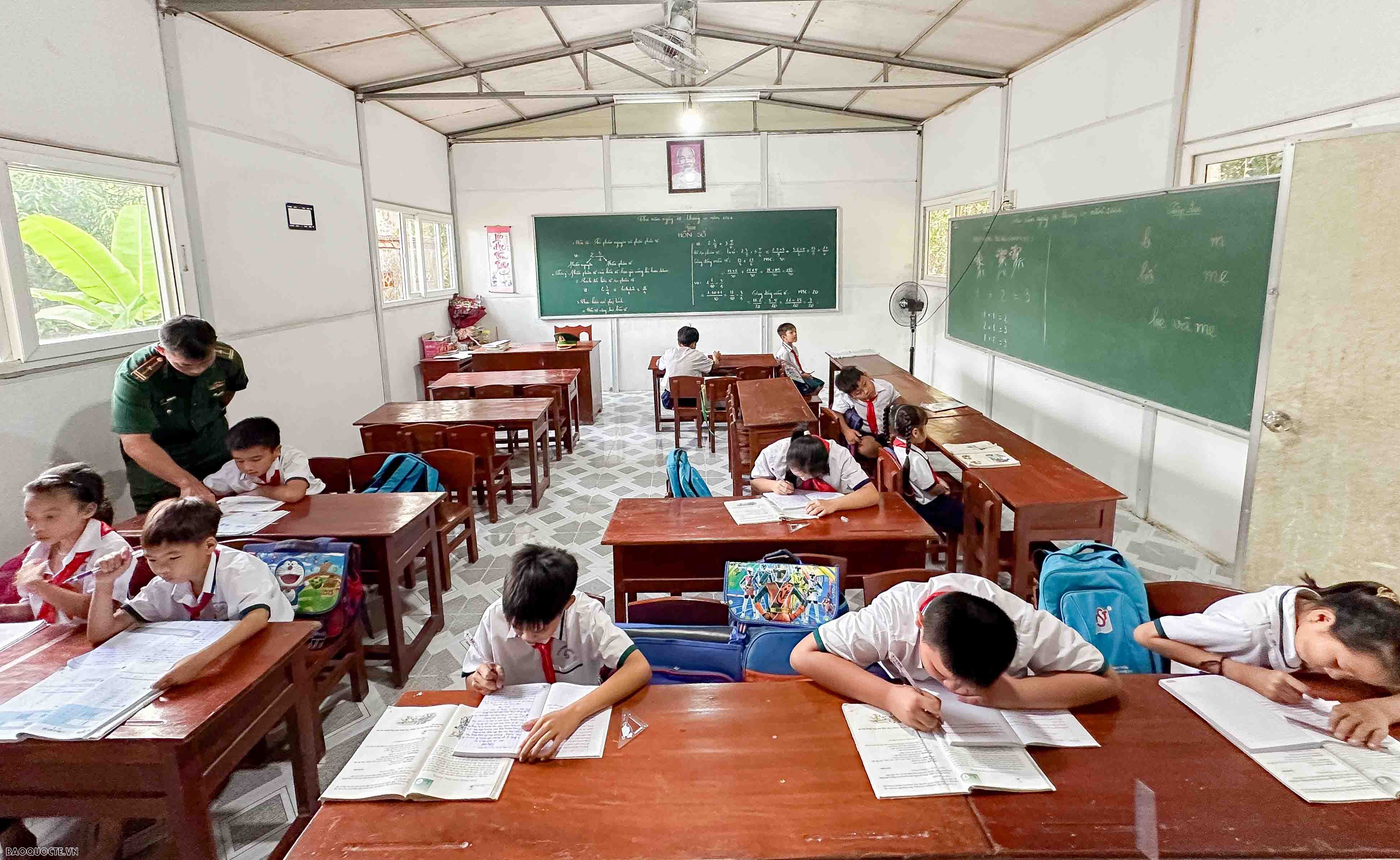 |
| The charity class on Hon Chuoi Island (Song Doc Town, Tran Van Thoi District, Ca Mau Province) is taught by Major Tran Binh Phuc - Deputy Head of the Mass Mobilization Team of Hon Chuoi Border Guard Station. (Photo: Nguyen Hong) |
Thanks to that, as of October 2023, the rate of people reaching the literacy standard of level 1 and the literacy standard of level 2 among people aged 15-60 nationwide was 98.85% and 97.29%, respectively. Up to now, the rate of people aged 15-60 reaching the literacy standard of level 1 and level 2 is nearly 99% and more than 97%, respectively. All 63/63 provinces and cities have reached the literacy standard of level 1; 48/63 provinces have reached the literacy standard of level 2 (76.19%), of which 4 provinces have raised the literacy standard from level 1 to level 2 compared to the previous school year, namely Phu Yen, Kien Giang, Soc Trang and Quang Nam.
In addition to the achievements, the eradication of illiteracy for the people still faces many difficulties and challenges. Illiterates are mainly ethnic minorities. According to the Ministry of Education and Training, currently 19.1% of ethnic minorities over 15 years old cannot read or write Vietnamese fluently (equivalent to about 1.89 million people).
Illiterate people are mainly of working age, the main labor force in the family, illiterate ethnic minorities are scattered in communes and villages in remote areas, the basic economy is still difficult. Awareness of the importance of literacy is not enough, there is still a feeling of inferiority and reluctance to study, so mobilizing them to attend literacy classes and maintaining attendance is still difficult, there are cases of them dropping out halfway.
The time for literacy training depends on the season, weather and some customs and practices of the people; transportation conditions and facilities are still difficult. There is still a situation of re-illiteracy. The investigation and review of the number of illiterate and re-illiterate people every year in some localities is not really accurate. The school system has not been built solidly, mainly organized at primary schools, cultural houses in villages and hamlets; the regime and policies for teachers and participants in literacy training still have many shortcomings...
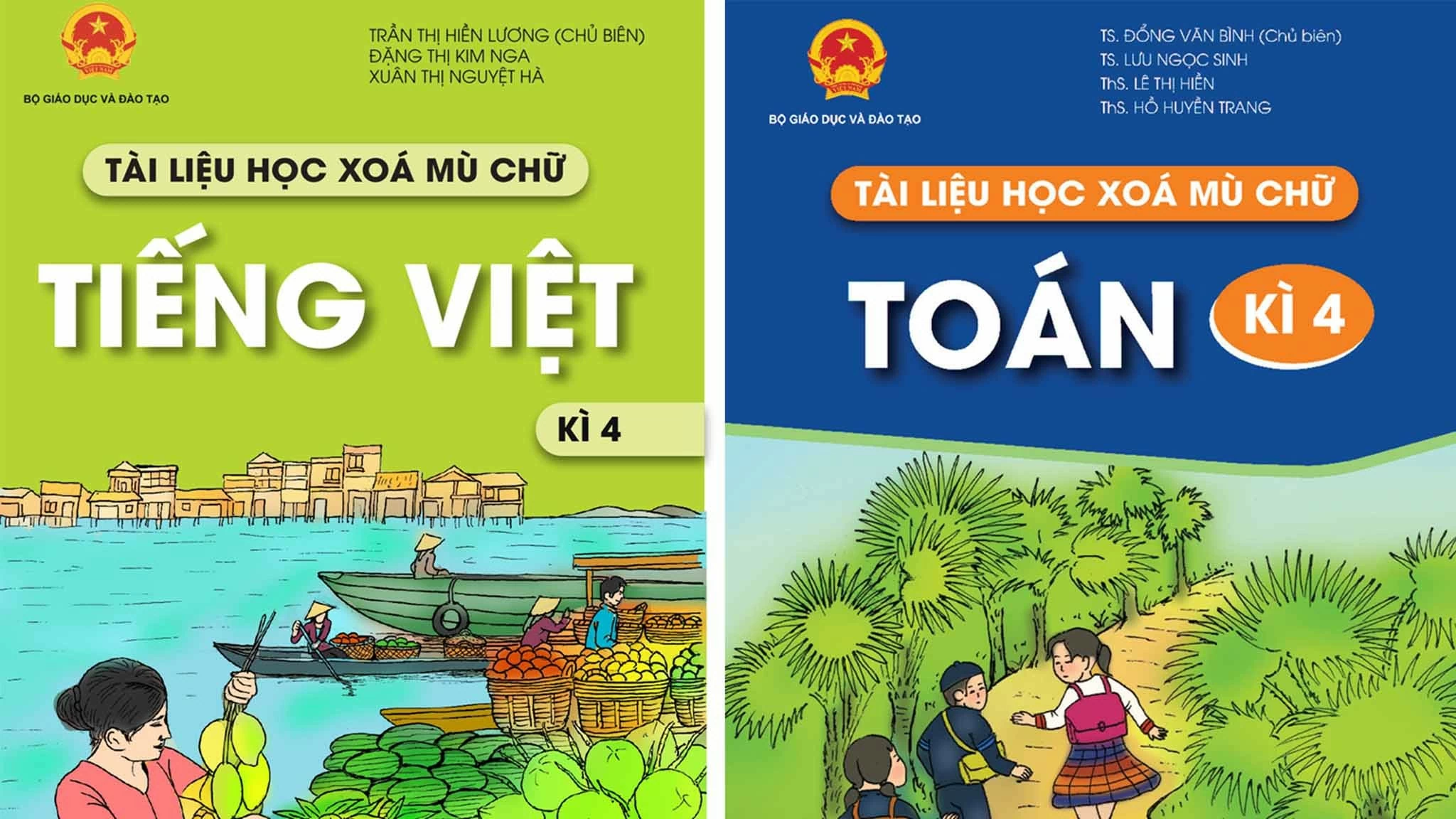 |
| The Ministry of Education and Training has just issued a set of documents guiding the implementation of the Literacy Eradication Program Phase 2. (Source: Ministry of Education and Training) |
Necessary solutions
Illiteracy eradication is one of the important tasks. Therefore, to maintain the achievements in illiteracy eradication and overcome the above difficulties and shortcomings, it is necessary to focus on implementing the following solutions:
Firstly, raise awareness for the entire political system and society about the need to eradicate illiteracy. Identify literacy as a necessary condition and the first “door” to participate in all activities of life and society as well as ensure and promote human rights and civil rights; it is a condition for comprehensive human development.
It is necessary to promote information and propaganda on illiteracy eradication for people, especially people in ethnic minority areas, in many languages (Vietnamese and ethnic languages), through mass media systems (radio, television) and local media (village, commune, and village radio stations, etc.)
Second, promote the leading role of the education sector in eliminating illiteracy; continue to promote and enhance the participation of socio-political organizations, armed forces... in the work of eliminating illiteracy. Improve the effectiveness of coordination between units; organize training on teaching the illiteracy eradication program not only for school teachers but also for officers and soldiers of the armed forces and other departments and branches.
Third, attach literacy work to emulation movements of localities. Use literacy work results as a criterion to evaluate and recognize learning families, learning clans, etc. “learning communities” at the commune and local levels that meet new rural standards. Promote the role of prestigious people in clans and religions in mobilizing and maintaining literacy classes.
Fourth, organize appropriate classes. The organization of classes and the compilation of teaching materials must be based on the Ministry of Education and Training and be consistent with the customs and practices of the people, especially ethnic minorities; classes must be conveniently arranged for travel, and should be located in villages and hamlets in remote areas where transportation is difficult. Implement the motto of a learning society, mobilizing literate people to support illiterate people.
Fifth, in addition to the State budget, it is necessary to mobilize social resources to participate in the work of eliminating illiteracy, especially the participation of the business community and philanthropists to build solid schools, ensuring that classrooms are fully equipped with essential teaching equipment. Pay attention to and have reasonable remuneration policies for teachers.
| According to reports from the Departments of Education and Training, in the 2022-2023 school year, the country mobilized more than 79,000 people to study literacy; provinces under the National Target Program 1719 mobilized nearly 54,000 people. Of which, more than 33,000 people studied in level 1 classes with 86.2% of students being ethnic minorities; more than 21,600 people studied in level 2 classes with 74.9% of students being ethnic minorities. |
Source: https://baoquocte.vn/xoa-mu-chu-la-nhiem-vu-chinh-tri-quan-trong-dam-bao-phat-trien-toan-dien-con-nguoi-293876.html




![[Photo] Prime Minister Pham Minh Chinh receives Swedish Minister of International Development Cooperation and Foreign Trade](https://vphoto.vietnam.vn/thumb/1200x675/vietnam/resource/IMAGE/2025/5/12/ae50d0bb57584fd1bbe1cd77d9ad6d97)
![[Photo] Prime Minister Pham Minh Chinh works with the Standing Committee of Thai Binh Provincial Party Committee](https://vphoto.vietnam.vn/thumb/1200x675/vietnam/resource/IMAGE/2025/5/12/f514ab990c544e05a446f77bba59c7d1)
![[Photo] Prime Minister Pham Minh Chinh starts construction of vital highway through Thai Binh and Nam Dinh](https://vphoto.vietnam.vn/thumb/1200x675/vietnam/resource/IMAGE/2025/5/12/52d98584ccea4c8dbf7c7f7484433af5)



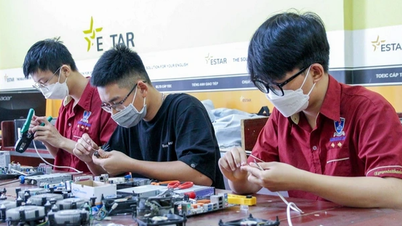

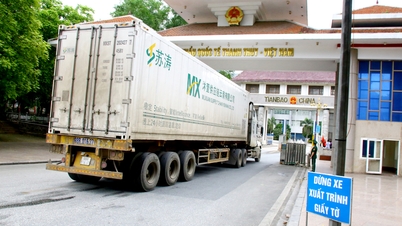






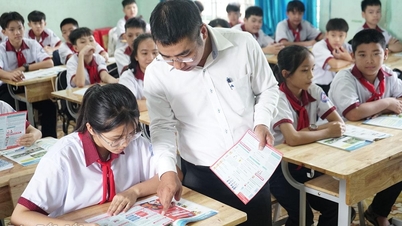
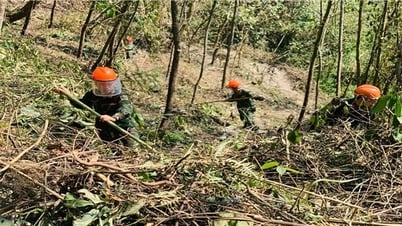
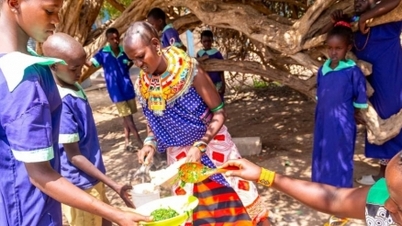
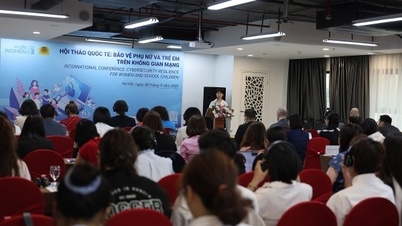







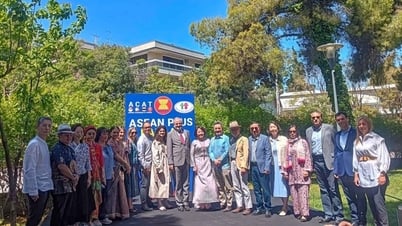


















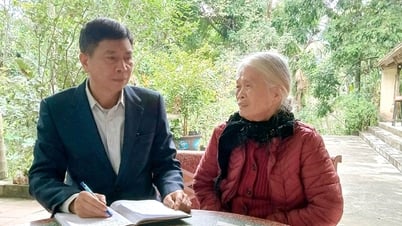

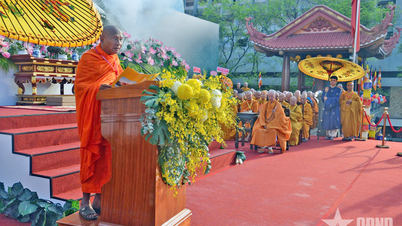










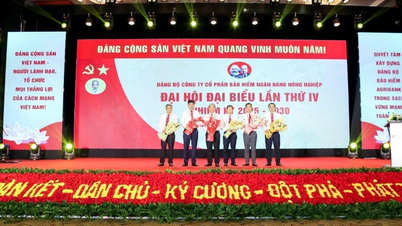


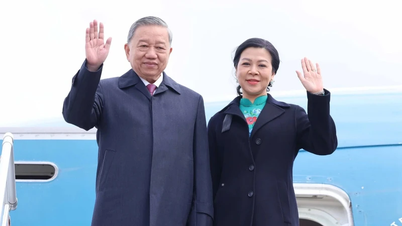












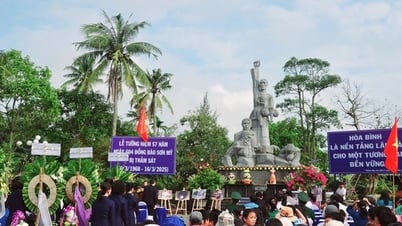




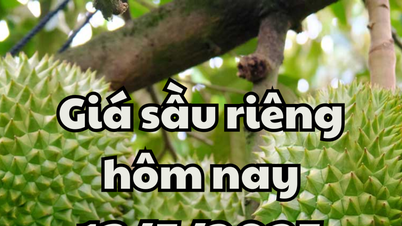


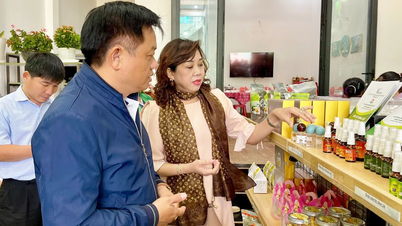






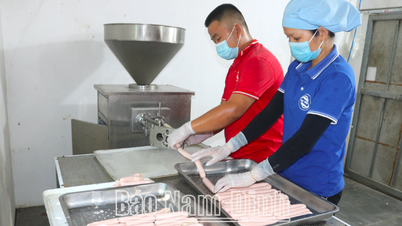

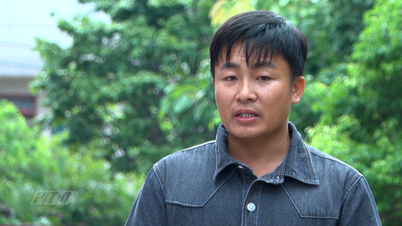
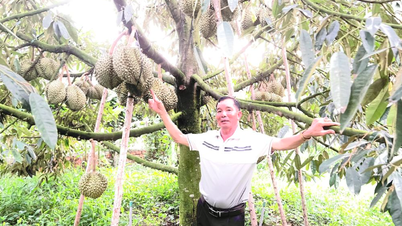


Comment (0)